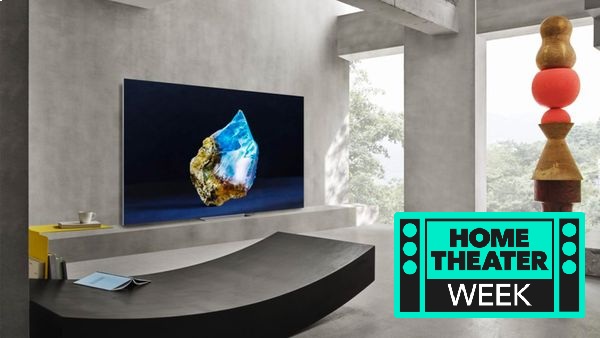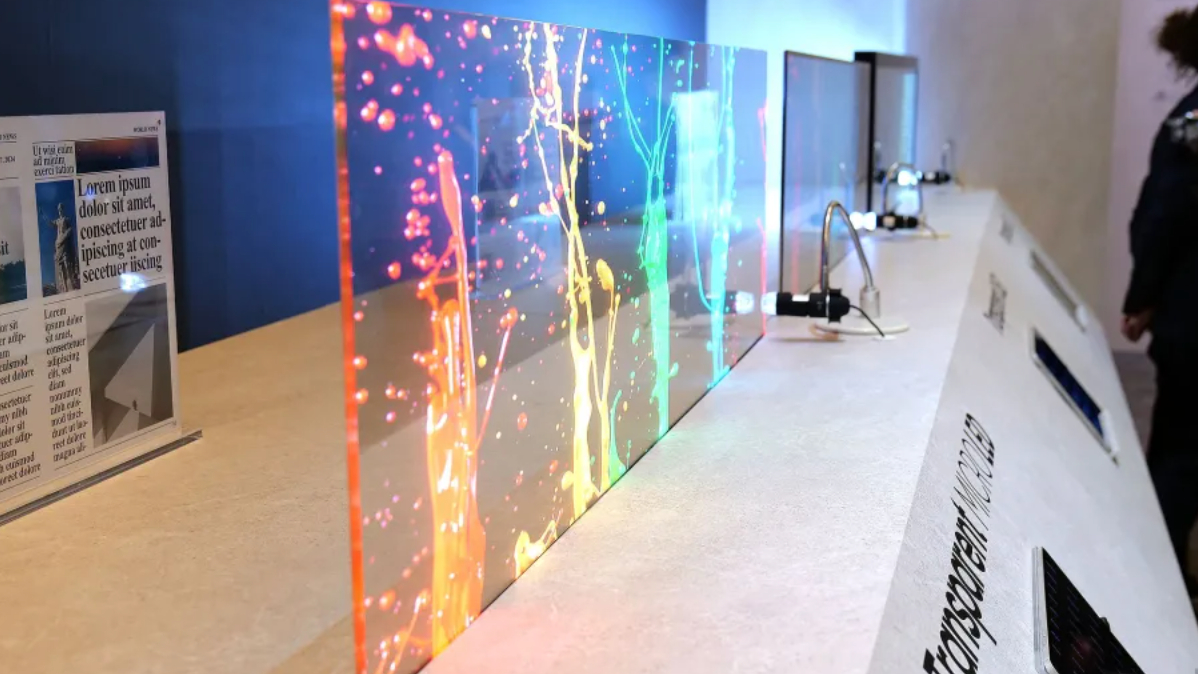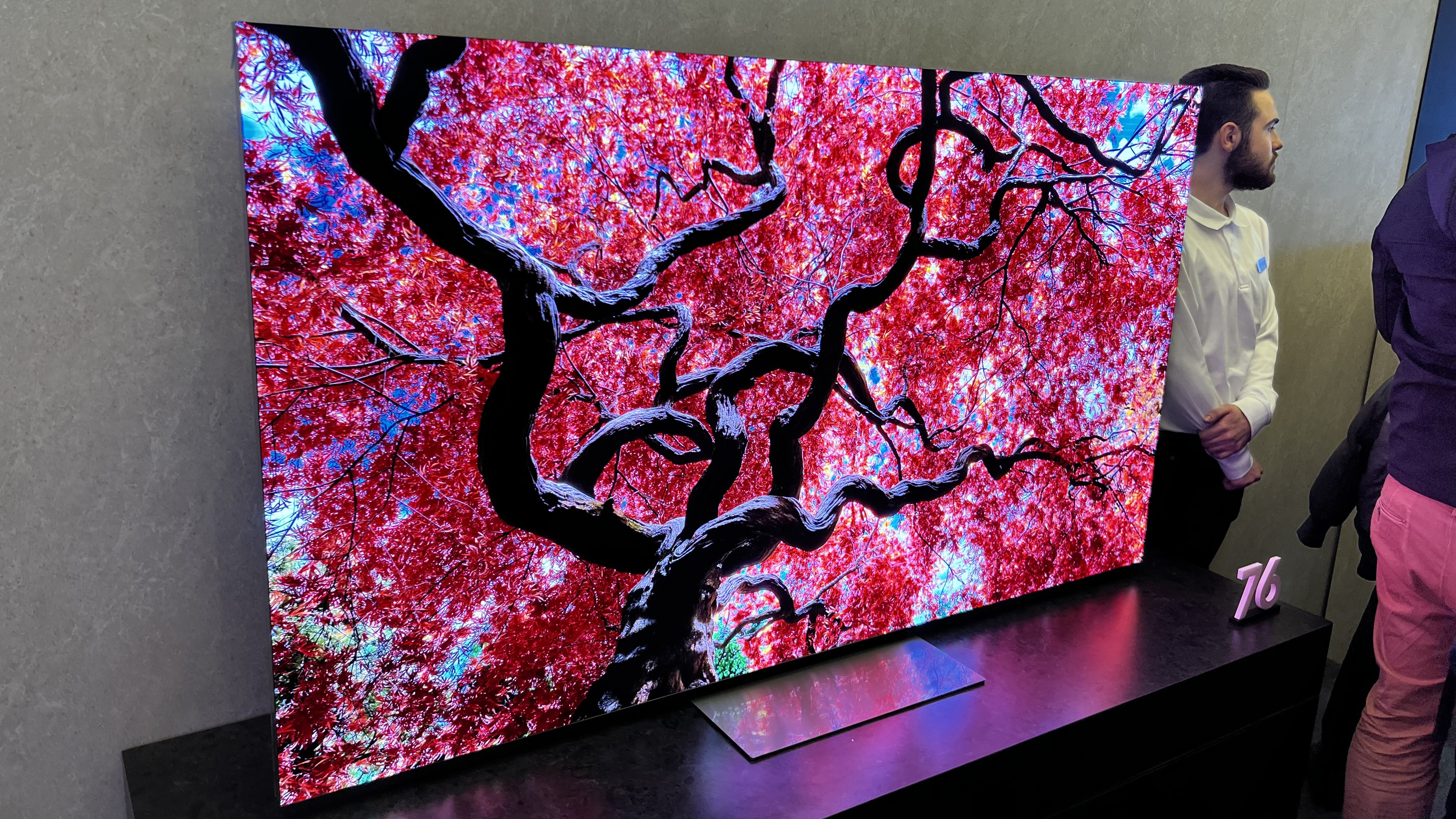Micro-LED TVs: Are they still the next big thing?
Micro LEDs, macro prices

Micro-LED TVs are something of a white whale for the biggest TV manufacturers. The display technology has plenty of potential, promising emissive pixels and infinite contrast without sacrificing brightness levels and deep blacks. It also doesn’t suffer from the degradation in performance associated with organic display types like the best OLED TVs.
Thanks to how micro-LED TVs are manufactured – with clusters of “micrometer-scale LEDs”, or “almost microscopic lights” transferred onto larger LED modules – you get an incredible amount of brightness control at the pixel level, as well as the ability to rearrange LEDs in different modular combinations.
However, micro-LED has been touted as the ‘next big thing’ in televisions since 2018, when Samsung released its first micro-LED TV, The Wall, with little progress being made to bring down its gargantuan production costs in the years since.
We are seeing new micro-LED TVs being released: in 2024, Samsung unveiled 76-inch, 89-inch, 101-inch and 114-inch models. However, even that smallest 76-inch version retails for $90,000, which is obviously highly prohibitive when it comes to mass adoption. The LG Magnit micro-LED TV, meanwhile, caters explicitly to “luxury clients” according to the company's press release. It retails for $237,000 and is only available at 118-inch and 136-inch sizes.
Price does seem to be the bottleneck to wider micro-LED implementation. In June 2024, ETNews reported that Samsung told manufacturing partners that production costs needed to be slashed by 90% to make micro-LED competitive in today’s TV market. And it does look like both LG and Samsung, the key drivers of micro-LED development, are pulling back on investment in the technology for the time being (via FlatPanelsHD).
So why the fuss about micro-LED? Well, costs aside, it solves a lot of problems plaguing the leading TV display technologies – or, it did when investment into micro-LED development was still flowing. To understand what’s changed, we need to talk about OLED.
Solution to a missing problem

OLED has emerged as the premium TV technology of the decade. While OLED screens are still pricier than traditional LCD-LED displays, you can now get an excellent OLED TV for under $1,000, and at a variety of different sizes (the LG C4 OLED ranges from 42 to 83 inches). And even mid-priced OLED TVs tend to come with excellent viewing and gaming specifications, from 4K resolution and 120Hz frame rates to Dolby Vision HDR.
Get daily insight, inspiration and deals in your inbox
Sign up for breaking news, reviews, opinion, top tech deals, and more.
OLED offers infinite contrast with truly deep blacks, thanks to its ability to turn pixels off entirely, as well as excellent color reproduction. The main issue plaguing OLED has been its historically dim brightness output – long making it great for evening movie nights but middling for daytime viewing.
However, gains in OLED brightness over the years are remedying this, both with traditional OLED screens (this year’s LG C4 hit over 1,000 nits peak brightness in our review) and OLED–QLED hybrids like the Samsung S95D, which reached nearly 1,900 nits in our testing. Concerns over burn-in have largely been squashed, too.
This makes the promise of micro-LED – the benefits of emissive display technologies, without the downsides of organic displays – a little less certain, especially when a micro-LED TV costs 10-20 times that of a similarly sized OLED.
The future of micro-LED TVs

While attending CES 2024 earlier this year, a TCL representative told us that micro-LED TVs were likely still 5-10 years away from being commercially viable – and who knows how long after that until these TVs are actually affordable for most people. Depending on how OLED and the best mini-LED TV technologies develop in the years ahead, and on the investment decisions of the biggest TV manufacturers, we might never get to that point at all.
As long as a micro-LED TV costs as much as a small house, they’re going to be the reserve of billionaires, supervillains or Hollywood production sets using micro-LED tech to replace the green screen – rather than everyday TV enthusiasts looking for a good home cinema system. So we wouldn't hold out for micro-LED rather than grab one of the best TVs already available today.
Micro-LED’s biggest problem right now is that the competition is so dang good – which feels like a good problem for most TV shoppers to have.
You might also like...
Henry is a freelance technology journalist, and former News & Features Editor for TechRadar, where he specialized in home entertainment gadgets such as TVs, projectors, soundbars, and smart speakers. Other bylines include Edge, T3, iMore, GamesRadar, NBC News, Healthline, and The Times.
